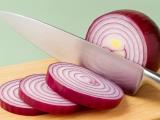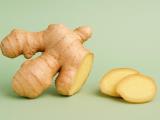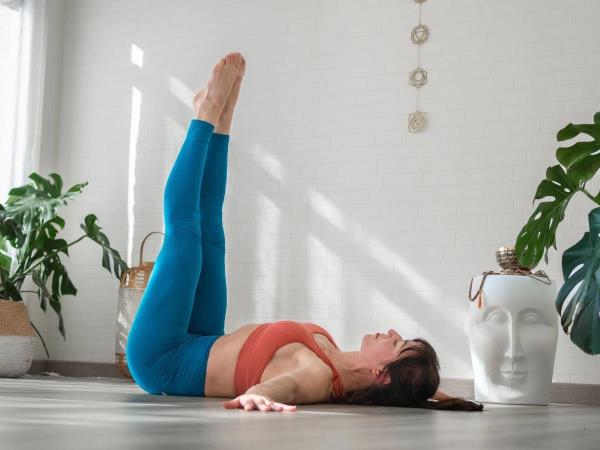Even though we live in the 21st century and have hundreds of devices promising relaxation, no miracle product from TV commercials can still beat tired legs. This is a feeling that everyone knows, whether you work in an office sitting for eight hours or spend all day on your feet. According to a survey by the European Public Health Association (2023), 68% of adults report experiencing tired and heavy legs at least three times a week. This means that almost two-thirds of people in Europe are looking for ways to quickly and effectively rest their legs.
The good news is that you don't need expensive creams or massage devices for this. Simple solutions that our grandmothers knew about are enough, and modern science confirms them today.
Why do legs become heavy?
Legs become tired mainly because blood and fluids accumulate in the lower half of the body during the day. If you sit, the blood does not circulate well enough. If you stand, the veins are under constant pressure. Add uncomfortable shoes, lack of movement, and dehydration, and the result is legs that you can barely drag behind you in the evening.
The World Health Organization (WHO) stated in a report from 2021 that lack of exercise is the cause of 5 million deaths annually worldwide, while 40% of adults suffer from occasional lower limb pain. Although the numbers may sound frightening, they also serve as a warning that a few simple habits can greatly improve the situation.
Fastest technique: elevate your legs above the heart
Doctors and nurses, who spend most of the day on their feet, often use a technique known for generations: elevating the legs above the heart. When you get home, lie down on the floor, bring your buttocks close to the wall, and raise your legs vertically upwards. A 90-degree angle is ideal, but it doesn't have to be perfect. The important thing is that the legs are higher than the heart.
A study by the American National Institute of Health (NIH) from 2020 showed that just 10 minutes of elevated legs reduced swelling in 80% of participants. This means it is a method that you can use immediately and for free. If you find it uncomfortable on the floor, place pillows on the bed – the effect will be the same.
Foot bath: alternating hot and cold
You probably remember how grandmothers always prepared a basin of water when they came in from the fields. Nowadays, we know why: alternating foot baths in warm and cold water is one of the best ways to promote blood flow and reduce swellings.
The process is simple: keep your feet in warm water (around 38 degrees Celsius) for 3 minutes, then cold water (around 15 degrees Celsius) for 1 minute. Repeat the cycle 3-5 times. A study by University of Berlin (2021) showed that this method improves circulation by as much as 25% after the first attempt.
If you want to enhance the effect, you can add a few drops of peppermint essential oil to the cold water (invigorates and cools), and lavender essential oil to the warm water (calms and relaxes). If you don't have oils on hand, you can add a tablespoon of baking soda (natural detoxifier) and juice of half a lemon to the water.
Massage: the secret to light feet
Once your feet have had a little rest, it's time for a massage. You don't have to be a professional. The important thing is to gently press on the soles and calves with circular motions. You can use arnica, known for relieving muscle pain, or comfrey, which our ancestors called the bone plant.
Instead of your hands, you can use a tennis ball. Place your foot on it and slowly roll it forward and backward. This is not only relaxing but also activates reflex points on the foot that are connected to other organs in the body.
Relaxation exercises: three minutes of magic
When tiredness is significant, you don't need to go to the gym. Just a few simple exercises will do: raising onto your toes and lowering onto your heels (15 times), ankle circles, and gentle stretching of the back of the legs. Just three minutes of these exercises have been shown to boost circulation.
British researchers monitored office workers in 2020 and found that those who did short stretches every hour felt 30% less tiredness by the end of the day. This means that small habits bring about significant changes in the long run.
Compression stockings: marathoners' secret
Have you ever wondered why marathoners often wear long stockings? They are not just a fashion accessory but special compression stockings that evenly distribute pressure on the legs and prevent fluid retention in the calves.
If you stand or sit a lot during the day, this is one of the best solutions. A study in the Journal of Vascular Medicine (2022) showed that regular use of compression stockings reduces swelling by 45%. You can wear them at home, in the evening while watching TV – your legs will thank you.
Hydration: the secret from within
We often forget that tired legs are not just an external issue but also related to internal balance. If you don't drink enough water during the day, more waste accumulates in the body, putting additional strain on your legs. Experts recommend at least 2 liters of water daily, which is about eight glasses.
Magnesium is particularly important, a mineral that the body needs for muscle relaxation. If you're deficient in magnesium, cramps and tiredness can occur. The average adult needs around 400 mg of magnesium per day. You can find it in almonds, sunflower seeds, pumpkin seeds, and spinach. Multiple studies confirm that regularly consuming magnesium-rich foods reduces the frequency of leg cramps by up to 60%.
What does folk wisdom say?
Our grandmothers knew that leg tiredness is not just a result of work but also a sign that the body is calling for balance. Cabbage compresses, which draw heat out of the legs, or baths with sea salt that relax the muscles were often used in folk medicine. Today, we know that salt actually contains minerals that aid relaxation.
In Japan, where people are considered some of the most vital in the world, the practice of ashiyu, soaking the feet in warm water in public places, is very popular. In 2025, they released data showing that this practice improved sleep in 70% of users.
When to visit a doctor?
Although home remedies are effective, there are moments when leg tiredness is no longer just a sign of effort. If you have severe pain, persistent swelling, or a feeling of heaviness that doesn't go away even after rest, it's a good idea to see a doctor. Sometimes something more serious, such as circulation issues, may be involved.
A quick and inexpensive solution is at home
When you find yourself with heavy legs in the evening, remember: the solution is closer than you think. Elevating your legs, a foot bath, massage, light exercises, compression stockings, and plenty of water are the simplest recipe. They cost almost nothing, yet they have been proven to work.
Global research confirms that these techniques provide relief that we often seek in expensive creams and devices. It's not surprising that more and more people are turning to tried-and-true methods that combine the wisdom of our ancestors with modern scientific knowledge.
Datum: 29. AUG 25 - GOOD TO KNOW
How do you quickly rest your tired legs after a day of work?
Do you find that even though you have a sedentary job, your legs still hurt in the evening? Check out what to do ...
(FW)
 Would you like to be informed about news on the website?
Would you like to be informed about news on the website?
Just enter your e-mail
Tired legs relief
Leg fatigue remedies
Leg circulation tips
Leg swelling solutions
Natural leg pain relief
|
Copyright (c) Foodwhisper.com March 2018 |
π | Contact: info@foodwhisper.com |
About us | Facebook |  |









